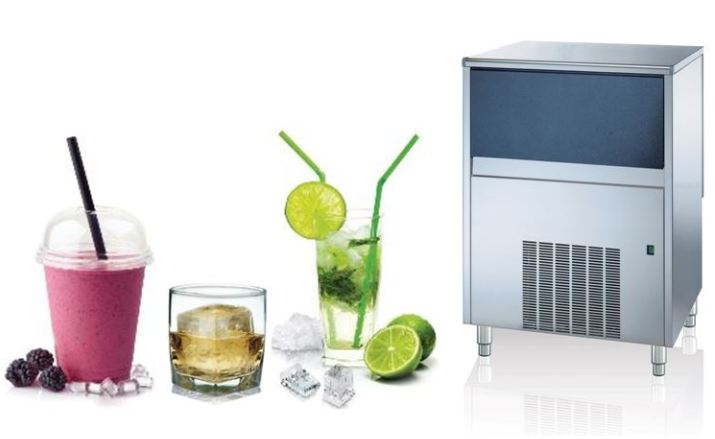Ice AgeFoodservice Equipment Journal June 2016 |

|
| < Back |
Ice machines might be viewed as a pretty innocuous piece of kit in the context of the wider kitchen, but when the heat is on you really get to find out just how important they are. FEJ reveals how operators can make sure they are equipped to deal with a spike in chilled beverage demand over the next few months.The sun has started shining, summer is on its way and for foodservice operators that only means one thing: demand for chilled drinks is set to go through the roof. As any operator that has seenits profits from this area grow over the years knows, if you are going to make the most of it then you need a good ice machine. Fortunately, there is a raft of hardware on the market that caters to this need and new developments in technology, along with the competitive nature of the sector, mean that operators can get hold of some impressive kit at respectable prices. DC Warewashing & Icemaking Systems director Bob Wood remarks: "There are significant differences in the various types of icemaking machines and systems on the market in terms of type of ice, self-contained or modular units, volume of ice required, the grade and quality of the materials used in the manufacture and also in energy and water consumption. Icemakers use more water contained in the ice - in fact a typical icemaker uses two to four times more water than the volume needed to make the ice. If you're looking for energy efficiencies and savings, choose air-cooled icemaker over a water-cooled system." There has been a distinct trend in recent years in the amount of low grade ice making systems on the market, usually being offered at cheaper rates. DC's Bob Wood cautions "lower prices can be seductive but often prove to be a false economy. Buyers should ensure that they compare like-for-like in terms of overall quality and value-for-money. DC's machines are made using catering-grade stainless steel for strength and hygiene while the insulated ice-storage bin is made using anti-bacterial plastic. All materials comply with FDA regulation (Food and Drink Administration) and are IPX3 rated to protect against liquid ingress. Read full article in Foodservice Equipment Journal June 2016 issue ... |
Read Similar
Licence to Chill |
Let there be life! |
Kitted Out |
Clean Catering |




